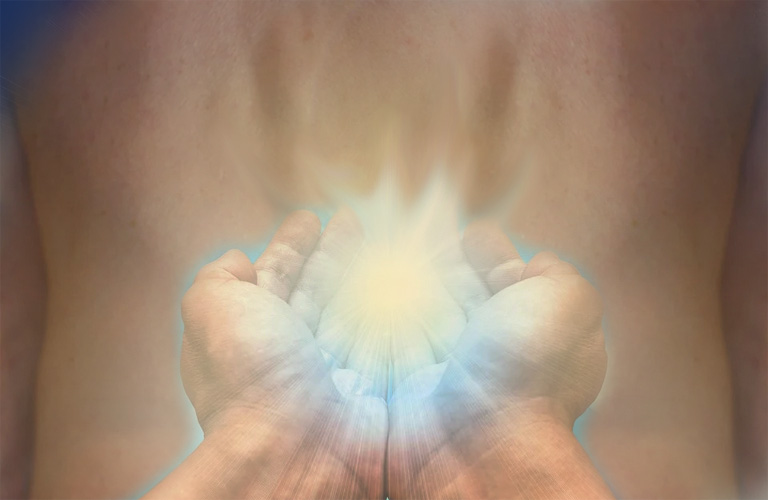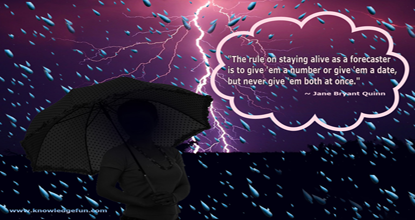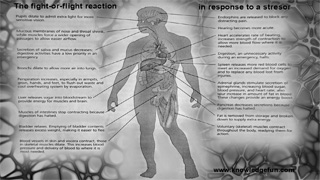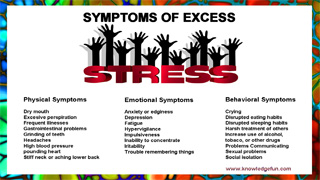Energy Medicine
Energy medicine and therapies are forms of treatment that use energy fields originating either within the body (biofields) or from other sources (electromagnetic fields). Energy medicine often proposes that imbalances in the body's "energy field" result in illness, and that by re-balancing the body's energy-field health can be restored.
There are various schools of energy healing, including biofield energy healing, spiritual healing, contact healing, distant healing, therapeutic touch, reiki, qi gong, and many others.
Biofield therapies are based on the idea that energy fields surround and penetrate the body and can be influenced by movement, touch, pressure, or the placement of hands in or through the fields.
Biofeedback is a technique that uses simple electronic devices to teach clients how to consciously regulate bodily functions, such as breathing, heart rate, and blood pressure, to improve overall health. Biofeedback is used to reduce stress, eliminate headaches, recondition injured muscles, control asthma attacks, and relieve pain.
Energy healing therapy is a technique that involves channeling healing energy through the hands of a practitioner into the client’s body to restore a normal energy balance and, therefore, health. Energy healing therapy has been used to treat a wide variety of ailments and health problems, and it is often used with other alternative and conventional medical treatments.
Qi gong or qigong is a component of TCM (Traditional Chinese Medicine) that combines movement, meditation, and regulation of breathing to enhance the flow of qi, improve blood circulation, and enhance immune function.
Therapeutic touch is derived from the ancient technique of laying-on of hands; it is based on the premise that healers can identify and correct energy imbalances by passing their hands over the patient's body.
Reiki is a complementary health approach and one form of therapeutic touch; it is intended to correct disturbances in the flow of life energy ki and enhance the body's healing powers through the use of specific hand positions on the patient. Ki is the Japanese form of the Chinese life energy qi.
Bioelectromagnetics ( also known as bioelectromagnetism) is the study of the interaction between living organisms and electromagnetic fields, both those produced by the organism itself and those produced by outside sources.The term can also refer to the ability of living cells, tissues, and organisms to produce electrical fields and the response of cells to electromagnetic fields.
Browse Related Info:
- Acupuncture
- Mind and Body Interventions or Practices
- Yoga
- Hypnosis
- Meditation
- Relaxation Techniques
- CAM Natural Products
- Herbal Remedies
- Wellness and Well-Being
- Health Pages
- Testing Treatments

Did You Know?
The amount of research on mind and body approaches varies widely depending on the practice. For example, researchers have done many studies on acupuncture, yoga, spinal manipulation, and meditation, but there have been fewer studies on some other practices.
Because there is less information available about complementary and alternative therapies, as well as less regulation of associated products and providers, it is important for consumers to take an active role when they are thinking about using them.
Tai chi developed in China in about the 12th century A.D. It started as a martial art, or a practice for fighting or self-defense, usually without weapons. Over time, people began to use tai chi for health purposes as well.
Many different styles of tai chi, and variations of each style, developed. The term "tai chi" has been translated in various ways, such as "internal martial art," "supreme ultimate boxing," "boundless fist," and "balance of the opposing forces of nature."
Yoga and two practices of Chinese origin -- tai chi and qi gong -- are sometimes called “meditative movement” practices. All three practices include both meditative elements and physical ones.
Generally, mind-body medicine focuses on:
• The interactions among the brain, the rest of the body, the mind, and behavior.
• The ways in which emotional, mental, social, spiritual, and behavioral factors can directly affect health.
Electromagnetic radiation in the intermediate frequency range has found a place in modern
medical practice for the treatment of bone healing and for nerve stimulation and regeneration.
Tips on How to Select Health Care Practitioner
Selecting a health care practitioner of conventional medicine or complementary and alternative medicine (CAM) is an important decision and can be key to ensuring that you are receiving the best health care.
If you are seeking a complementary and alternative medicine (CAM) practitioner, speak with your primary health care provider(s) regarding the therapy in which you are interested. Ask if they have a recommendation for the type of CAM practitioner you are seeking.
Make a list of health care practitioners and gather information about each before making your first visit. Ask basic questions about their credentials and practice. Where did they receive their training? What licenses or certifications do they have? How much will the treatment cost?
Check with your insurer to see if the cost of therapy will be covered.
After you select a practitioner, make a list of questions to ask at your first visit. You may want to bring a friend or family member who can help you ask questions and note answers.
Come to the first visit prepared to answer questions about your health history, including injuries, surgeries, and major illnesses, as well as prescription medicines, vitamins, and other supplements you may take.
Assess your first visit and decide if the practitioner is right for you. Did you feel comfortable with the practitioner? Could the practitioner answer your questions? Did he respond to you in a way that satisfied you? Does the treatment plan seem reasonable and acceptable to you?





